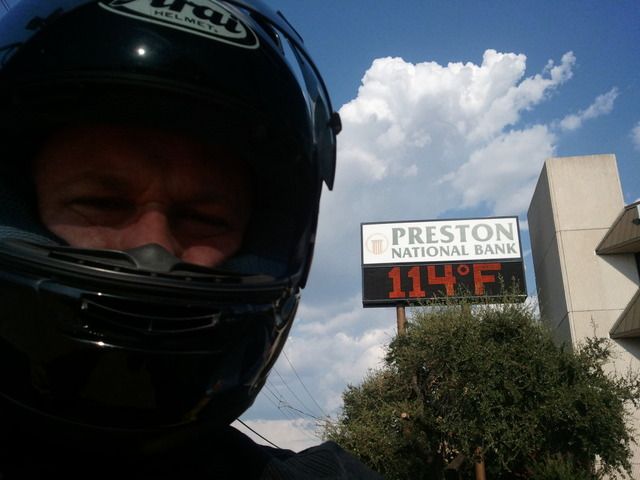okeefjr
Active member
How do you deal with riding in extreme heat. Anyone have experience with LDComfort sleeves or cooling vest?

I get in a car and turn the AC on. Couldn't help myself, sorry. I own a cooling vest and it does help as long as your moving. Temps of 90-95 or more just isn't much fun cooking on a hot bike. I rode the bike to work to day and it will probably over 90 degrees on the way home today. Had a nice 70 degree ride in to work at 5:30 this morning...How do you deal with riding in extreme heat. Anyone have experience with LDComfort sleeves or cooling vest?









![fjackets Real Lambskin Leather Biker Jacket — Quilted Cafe Racer Zip Up Moto Leather Jackets For Men | [1100085] Johnson Brown, XL](https://m.media-amazon.com/images/I/41I7Pm1f+vL._SL500_.jpg)

Enter your email address to join: